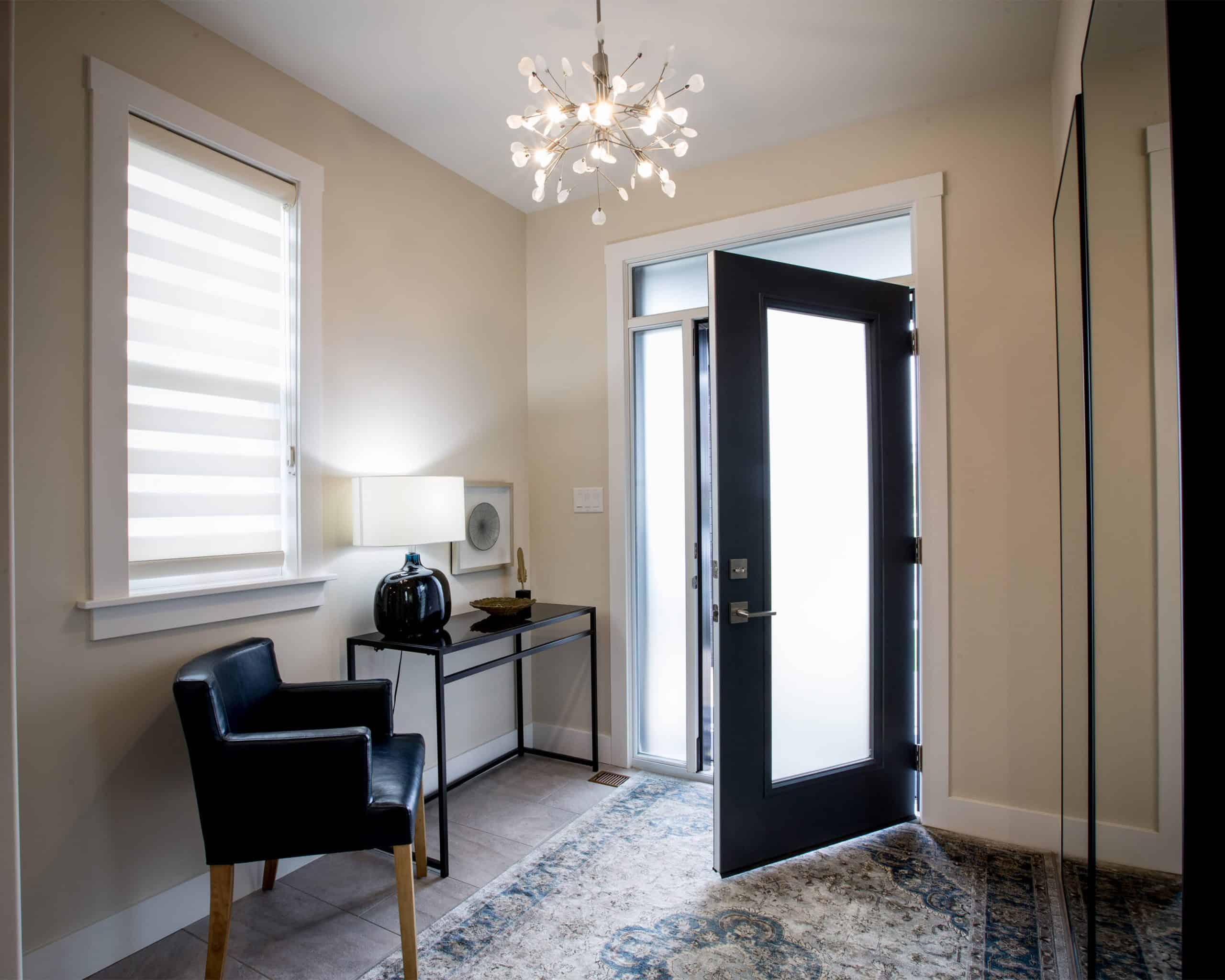
As all of the work concentrated on the exterior of the house, barring minor electrical work, the Gamble House remained open for tours. In October 2003, scaffolding was erected, allowing the architects and contractor access to the beams and rafter tails. All agreed that “the exterior needed to resonate with the Greene’s original design vision,” McLeod says.
PATINA GREEN HOUSE WITH ORANGE DOOR CODE
This was adopted from the Secretary of the Interior’s Standards for Historic Properties and from the Code of Ethics and Guidelines for Practice of the American Institute for the Conservation of Historic and Artistic Works. HRG, along with restoration architect Kelly Sutherlin McLeod Architecture Inc., Long Beach, CA, and conservator Griswold Conservation Associates, Beverly Hills, CA, subscribed to a philosophy that the house should receive all necessary repairs without taking on the appearance of new construction. The 600-page assessment became the guiding document for the subsequent conservation of the exterior. In 2000, Historic Resources Group (HRG) of Hollywood, CA, completed a Historic Structure Report and developed a conservation plan. The owners - the City of Pasadena and the University of Southern California - believed it was imperative to conserve the Gamble House and embarked on fundraising, grant writing and assembling a restoration team. By the 1990s, however, the exterior of the house required extensive repair and conservation. Local craftspeople fabricated furniture, wood carvings, leaded and stained glass and other elements.įortunately, all of the interior treasures have survived.

PATINA GREEN HOUSE WITH ORANGE DOOR WINDOWS
Greene & Greene designed every aspect of the house, including the furnishings, light fixtures, windows and landscaping.

This sensibility emphasized detail and handmade, custom-crafted elements. house was, in many ways, the apotheosis of Greene & Greene’s design sensibility.

Previous repairs using impermeable epoxy putty also compounded the damage to the rafter tails, outriggers and beam ends of the National Historic Landmark building.īuilt in 19, the 8,100-sq.ft. After decades of exposure to the natural elements, though, much of the exterior woodwork had deteriorated. Oak, redwood, Douglas fir, teak, cedar and other species were formed into timber beams, rafter tails, wall shakes and interior elements. More than a dozen wood species can be found in this home. The conservation of Greene & Greene’s famed Gamble House in Pasadena, CA, was concerned mainly with exterior wood elements. General Contractor: Voss Industries, Inc., Pasadena, CA Jeff Voss, president Restoration Consultant: Historic Resources Group, Hollywood, CA Peyton Hall, AIA, principalĬonservator: Griswold Conservation Associates, Beverly Hills, CA John Griswold, principal Today, you’ll see varying shades of blue on ceilings all over Charleston, as well as throughout the coastal South.A PHILOSOPHY OF RESPECT GUIDED THE CONSERVATIONīy Hadiya Strasberg originally published in Period HomesĪrchitect: Kelly Sutherlin McLeod Architecture Inc., Long Beach, CA Kelly Sutherlin McLeod, AIA, project architect While it’s thought that colors such as blue and green may not register as desirable as warmer, brighter colors to insects, newer research suggests that repellent qualities had more to do with the chemistry of the paints: traditional paints, made with lime, did in fact repel some types of bugs. Today, there are also rumors that the color was used for porch ceilings because it repelled insects.

In Gullah tradition, blue was used to paint not only ceilings, but doors, trim, window frames, and shutters blue glass was also hung in surrounding trees. Its name, “haint blue,” refers to spirits in Gullah culture that are believed to be warded off with the color blue, though the reasoning for this varies: some sources say it’s because the blue imitates water, which the spirits are unable to cross others say that the blue mimics the sky, confusing the spirits and leading them away from entering the house. The light greenish-blue hue is traditionally used for piazza (or, outside of Charleston, porch) ceilings. This pale aqua shade is now seen all over the South, but its roots can be traced back to the Gullah culture of the South Carolina lowcountry.


 0 kommentar(er)
0 kommentar(er)
